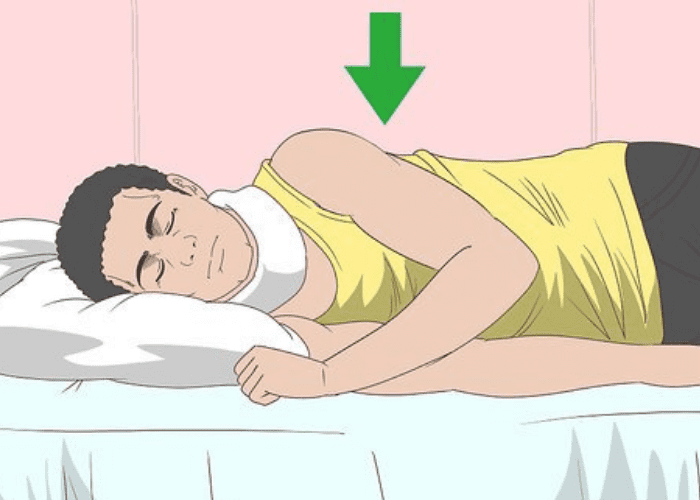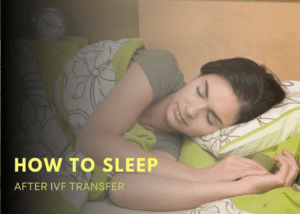Sleeping after neck surgery can be a challenge. Get it wrong, and you will be in pain. Did you know that you can eliminate neck pain by placing pillows in the correct positions?
You will need to reduce stress on your neck as much as possible. Sleeping on your side with pillows supporting your neck and head is critical for the healing process. If you sleep on your back, you will need multiple pillows to provide adequate support.
What is the best way to sleep after ACDF?

Is finding a way to sleep after acdf surgery becoming worrisome for you? It’s not as bad as you are expecting.
After any surgery, it is essential to take your meds, which will be painkillers, and anti-inflammatories, which will remove most of the pain.
Take short walks through the day. This will help with the healing process and reduce your anxiety levels.
Avoid moving your head backward and forwards. Rotation of the neck will be limited, so keep in mind that twisting your neck is not great for you at this time.
Deciding how to sleep after cervical neck surgery will leave you with two options. Back or side, both are acceptable, and it is a personal decision. The vital consideration is reducing stress on your neck when getting into bed and getting out of bed.
Sleeping on your side provides an excellent answer to sleeping after neck surgery. Use cushions to conform to the contours of your neck, which give support to the head and neck.
Place a pillow between your knees. The pillow between your knees will help keep your spine aligned through the night. It’s also a comfortable way to sleep.
You will inevitably be sleeping on the side of the bed to prevent strain when you lay down and get out of bed. Place a pillow in front of you and at your back as a reminder to keep your position when sleeping.
How can I get a good night’s sleep after cervical surgery?
Sleep after neck surgery is an integral part of the healing process, so you must know how to sleep after neck fusion or other neck surgery.
The best possible way to support your neck is to sleep on your back, but back sleeping is not the most common sleeping position, so side sleeping is permitted.
Avoid sleeping on your stomach. It will place unnecessary stress on the surgical procedure, and it’s a poor way to sleep for cervical spine health.
Before getting into bed, it is paramount to take your prescription meds as stated by your doctors and at the intervals required. This may mean setting the alarm to take meds through the night.
When getting into bed, sit on the side of the bed with your feet planted firmly on the floor. Any movement of the head will come from twisting your hips and torso and not the neck.
Be sure to be wearing your cervical support collar to avoid placing any stress on the cervical spine.
Twist your body and lower yourself gently onto your pillows. If sleeping on your back, you may need additional pillows, one for under your back and another to place under your knees.
Placing a pillow under your knees will reduce tension on your lower back, making for a better night’s sleep.
Sleeping on your side. The exact process applies to sleeping on your back in terms of getting into bed.
Have a pillow that can support your neck and your head. Memory foam pillows offer great support while being comfortable.
Place a pillow between your knees; this will align your spine reduce pressure from your knee joints to facilitate a good night’s sleep.
Getting out of bed is the opposite procedure.
How to sleep after epidural steroid injection
Epidural steroid injections have a rate of reducing back and are an outpatient procedure. But how can you sleep after the procedure?
Epidural steroid injections are done precisely with real-time x-rays so the doctor can inject in the correct area.
After the procedure, you will be observed for 30 minutes to ensure no adverse reactions to the procedure.
When you arrive home, the most pain you will feel is from the injection site on the skin surface. You may have bruising.
To deal with the discomfort, use ice packs and place them on the skin for ten minutes with a cloth placed between the ice pack and your skin.
The pain should subside quickly, do not use meds unless prescribed by your doctor.
Sleep in a position you find comfortable, and avoid sleeping on your stomach.
What is a cervical cerclage?
A cerclage is a stitch placed into the cervix during pregnancy; the stitch supports a weak cervix. A cerclage is performed from 16 weeks and 24 weeks.
If there is a history of incompetent cervix, your obstetrician may suggest the cerclage before you become pregnant.
The medical term is an incompetent cervix, Which means the cervix can start to open before the entire term of the pregnancy, placing the pregnancy in danger.
There are two ways to approach the procedure, the first is to use laparoscopy through the abdomen, and the second is to cerclage through the vagina.
The most common method is transcervical cerclage which is approached through the vagina, a local or general anesthetic can be given.
You may experience some spotting and even cramps after the procedure. Both are normal and should not cause alarm.
The cerclage is normally removed by the 37th week of the pregnancy. Neither procedure requires staying in hospital.
How to sleep after cervical cerclage? You can sleep normally. The cerclage may have produced some bleeding which is dealt with by using sanitary pads. If medication is required, only use prescribed medication and follow the instructions.
Your midwife can provide additional information regarding the cerclage and aftercare instructions.





